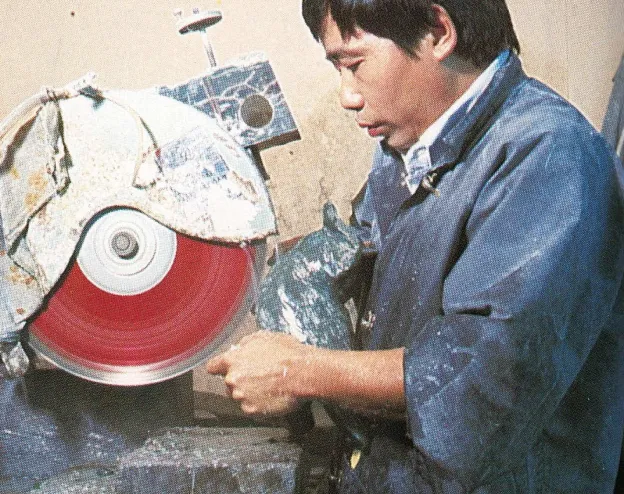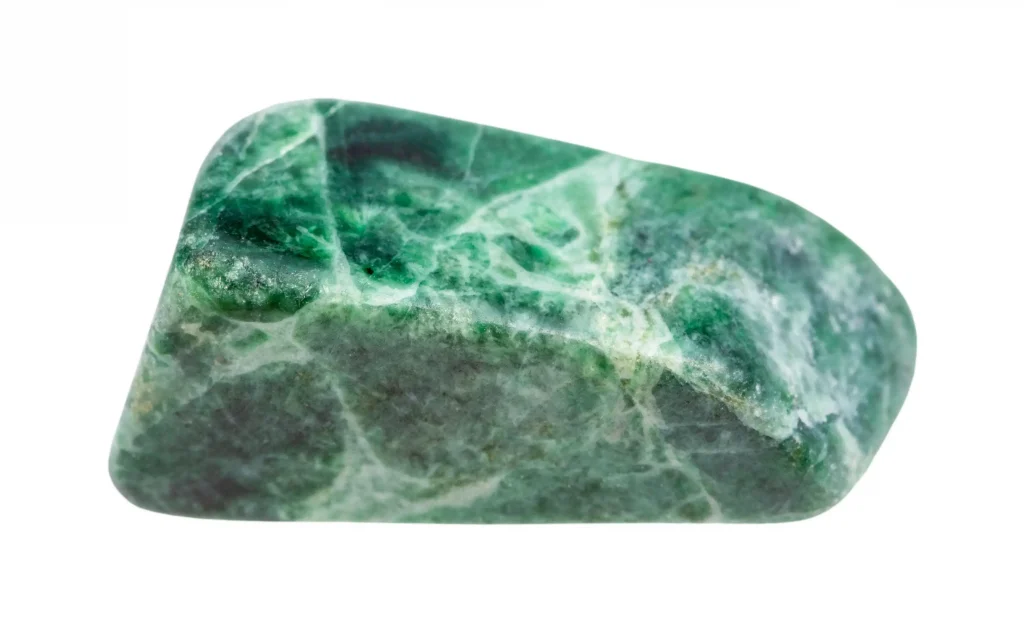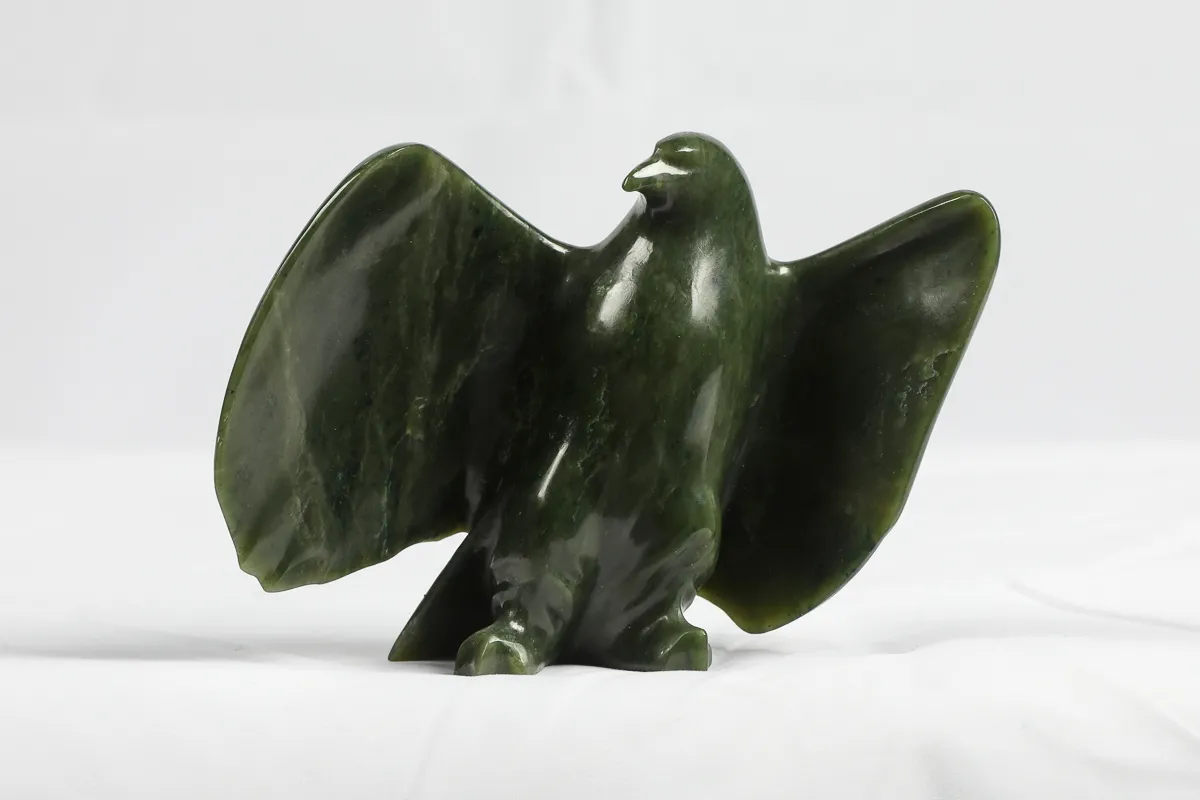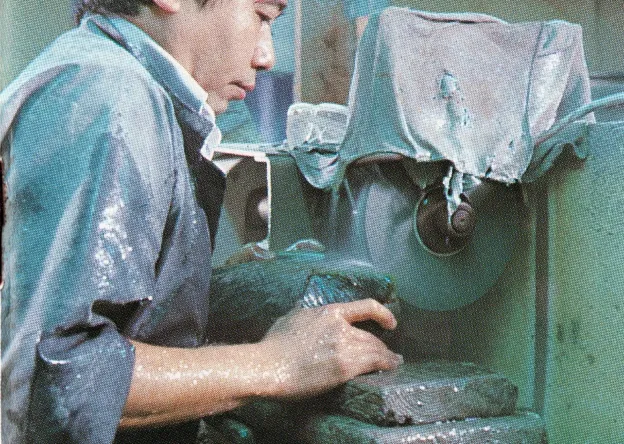News & Articles
Latest EA Studios Blog Posts
What Is Jade Sculpting? How Does It Work & What Are the Different Methods?

If you are an art aficionado and have a collector’s eye, then jade art might have captivated you from time to time. Due to the ancient Chinese history and aesthetic value, most aspects of jade stone are well-known in the mainstream. However, do you know that jade cannot be carved?
The almost indestructible strength of this mineral that provides durability to the jewellery and sculptures also makes jade sculpting a challenge. So, what makes it possible?
“Jade that is not chiselled cannot become a gem” – Chinese Proverb
How Does Jade Sculpting Work?
Jade sculpting is an element of Hardstone Carving, one of the oldest art forms that entails carving semi-precious stones like jade, agate, onyx, jasper, and carnelian to create sculptures and jewellery.
Because of its hardness, jade shaping is done mainly by abrasion with tools and hard sand pastes rather than chipping or chiselling. It is a meticulous process that requires enormous patience to etch out the desired intricate designs. Even with modern machinery, outfitted with diamond-tipped burrs, it can take hours of work and care to ensure a high-quality end product. The entire jade sculpting process involves three steps:
1. Cutting The Shape
The workpiece is shaped by cutting it with diamond wire or a diamond cutting disc and then grinding it using diamond burrs. One can also utilize a pre-cut cabochon (gem that is polished but not faceted) and then carve.

2. Abrading The Detailed Design
The design of the jade sculpture is inscribed onto the workpiece using a permanent marker or Chinagraph pencil. This pattern can be achieved using various diamond burrs, with the diamond ball burrs being the most common. For engraving intricate and filigree lines, diamond point burrs are recommended. Outlines are deepened with diamond cone burrs and diamond wheel burrs.
Diamond cylinder burrs and diamond wheel burrs can be employed to remove the background material. Diamond nail head burrs are considered excellent for top faceting. Diamond drill bits and diamond core drills are required for drilling holes through the jade. Finally, the carver can manually cut intricate shapes using a diamond wire handsaw. Water must also be utilized as a lubricant throughout the cutting and carving process.
3. Surface Polishing
Jade surface polishing can be done either using a mechanical work wheel or manually with diamond hand polishing pads and cloths. It starts with connecting the polishing equipment to a 120-grit wheel, drum, disc, or belt. Initially, light pressure is applied with a gradual increase until sanding occurs.
To prevent the stone’s gouges, chipping, and undercutting, the jade is rotated at least 90 degrees every 15 seconds. The sanding material is then changed to the next grit level, and the process is repeated, going from 120-grit to 300-grit, 600-grit, and 1,200-grit. Next, the carver can continue by hand using diamond polishing pads, or they can add a buffing pad to the polisher.
During the buffing operation, a polishing compound is applied. The jadeite is then held against the buffing pad and moved in all directions until a beautiful, polished jade artwork is completed.

Which Are the Different Methods?
The scientific studies on Chinese jade sculpting technology have recognized six techniques: ¾ drilling, wheel-cutting, sawing, flexible string sawing, riffling and point or blade abrasion. However, three among them are identified as being more commonly used.
Power-Driven Manual Carving
This method is derived from the ancient Chinese carving where bone, bamboo, or stone tools were used to scour the jade stone. It highly focuses on material selection and examination to maximize the beauty of jade art. Following this, design carving and polishing are done, with carving consuming the most time.
Computer Numerical Control (CNC) Carving
This method is divided into model design and machine processing. The model is created with computer software. The designed model is first processed and programmed to identify the machining coordinate system and model size. The appropriate tools are selected, and the program is built to meet the machining requirements. Although CNC machines can accomplish plane and 3D carving, more complex designs and patterns can only be obtained in combination with manual carving.

3D Carving
The initial step is to scan the workpiece with a 3D scanning device, which produces a 3D model profile. The 3D model profile is reconstructed using reverse design software to build a new model. CNC design software is used to determine the coordinates of the 3D model, and the tool settings are then assembled into a final machining program. The CNC machine tool does the 3D carving under the supervision of the final software. This procedure is usually used to recreate antique jade artifacts.
Are you looking to incorporate a jade art sculpture into your home or workspace? EA Studios offers a fantastic collection from master carver David Wong at our studio. Check out our collection here or book an appointment to visit the studio in person.